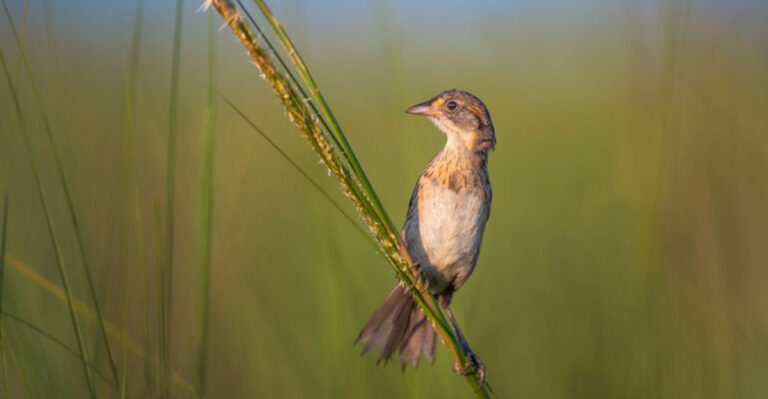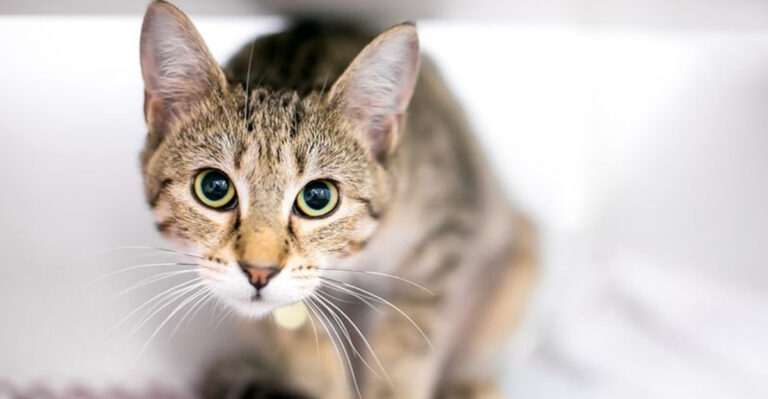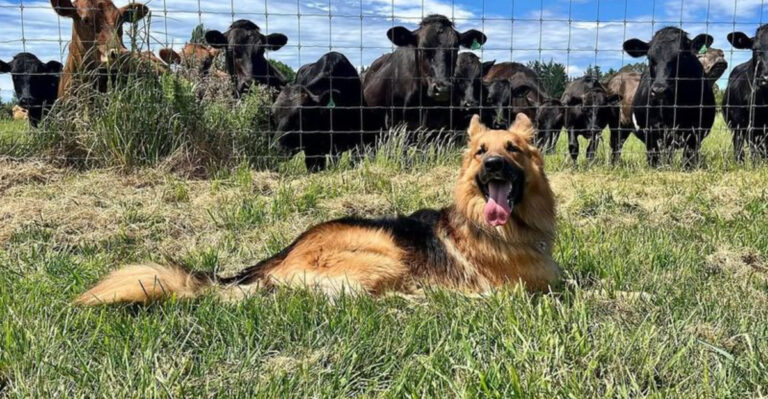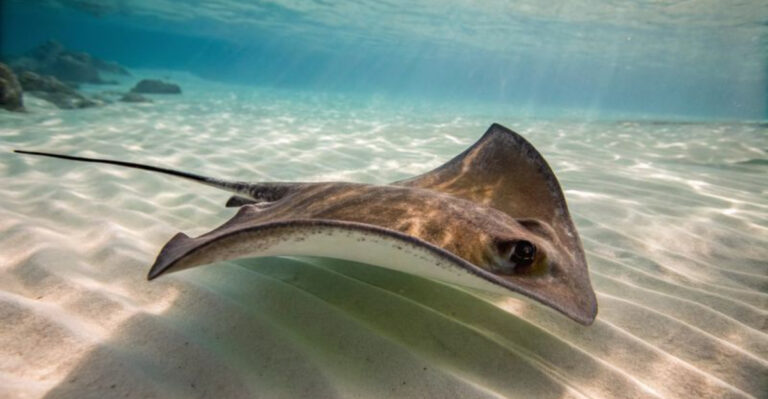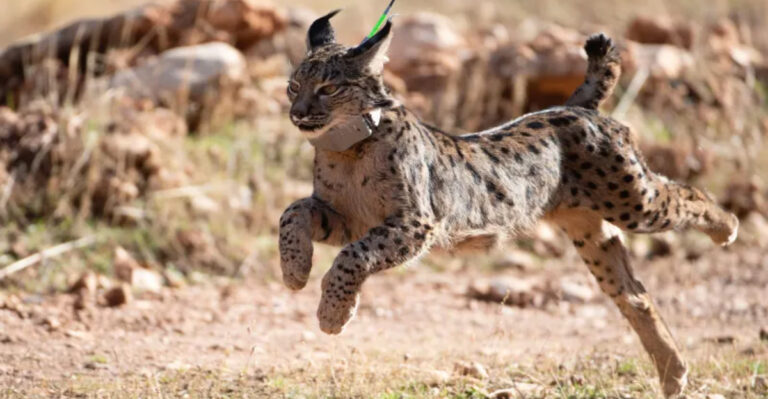14 Birds That Can Be Aggressive (And 9 That Can Be Naturally Gentle)
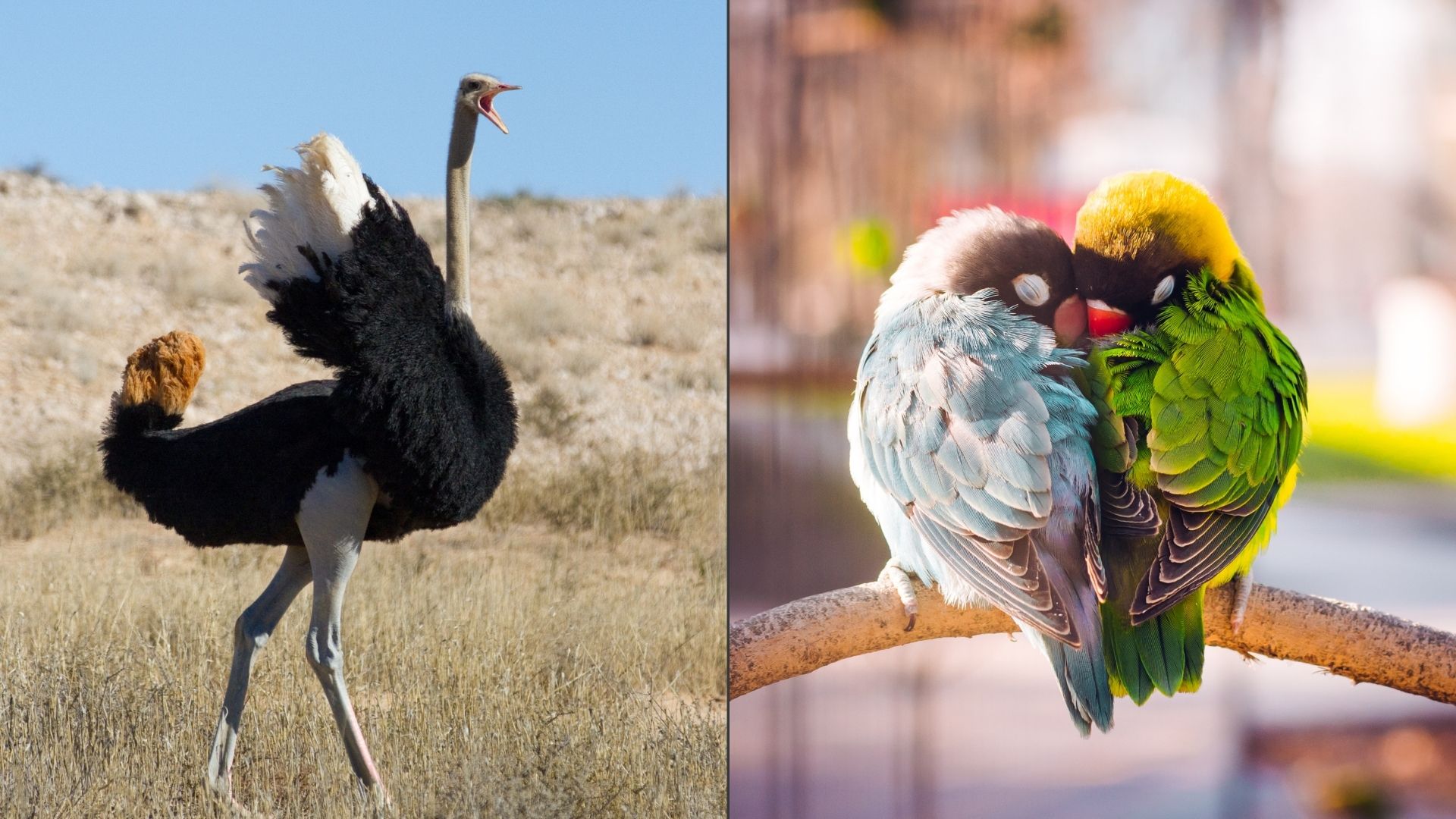
Birds may seem peaceful, but some species have a surprisingly aggressive side, especially when defending their territory or young.
From fiercely protective hawks to unexpectedly bold swans, aggression in birds can be a survival strategy. On the other hand, certain species are known for their gentle demeanor, rarely showing hostility even in stressful situations.
Whether you’re a bird enthusiast or just curious about avian behavior, this list explores the birds that are most likely to start a fight—and those that prefer to keep the peace.
1. Australian Magpie
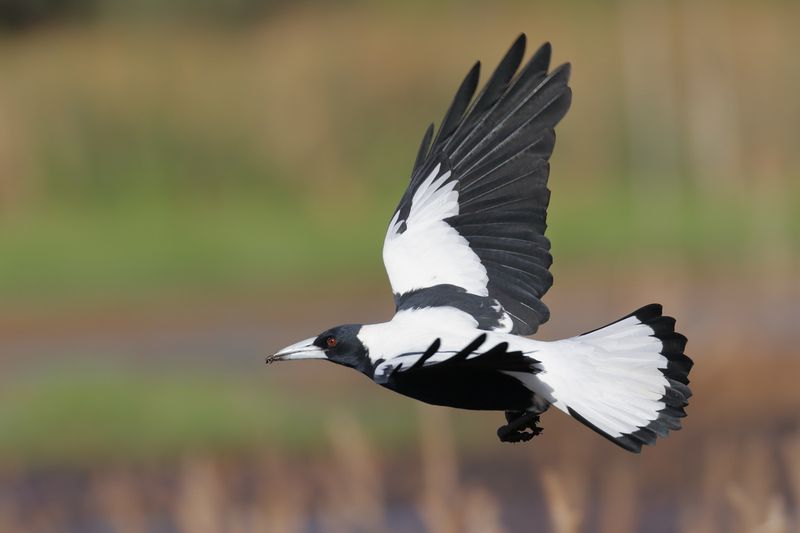
The Australian Magpie is notorious for its aggressive behavior during the nesting season. With a sharp beak and a formidable presence, these birds are known to swoop at anyone who comes near their nests, particularly cyclists and pedestrians.
Their territorial nature is fueled by a strong instinct to protect their young. This aggression is seasonal, peaking during the breeding months of August to October. While their attacks can be frightening, understanding their behavior can help mitigate risks.
Keeping a safe distance and avoiding eye contact can reduce the chance of being targeted. In urban areas, magpies have adapted remarkably well, often nesting in suburban parks and gardens.
Their intelligence and adaptability make them fascinating yet formidable residents of the Australian landscape. Despite their aggressive tendencies, magpies play a vital role in controlling insect populations, showcasing their ecological importance.
2. Northern Goshawk
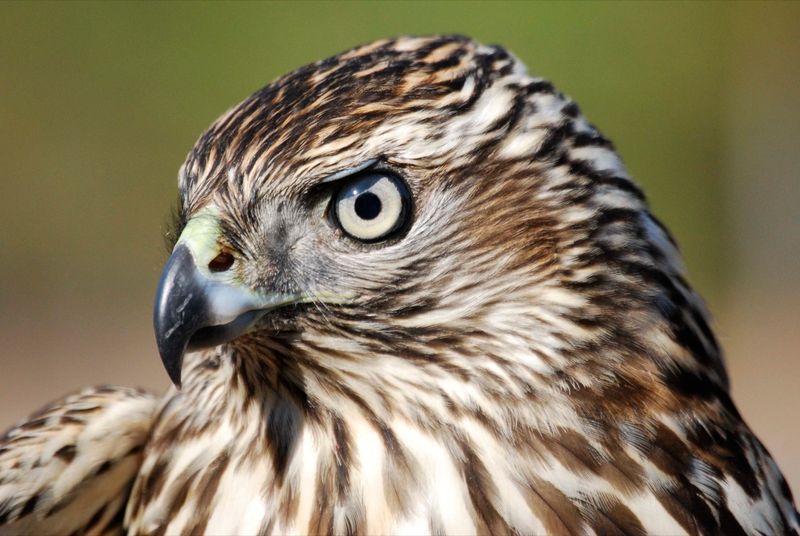
In the dense forests of the Northern Hemisphere, the Northern Goshawk reigns as a fierce predator. Known for its speed and agility, this bird of prey is unmatched in its hunting prowess. Its aggression is not limited to its prey; it can also extend to humans if it feels its nest is threatened.
During the breeding season, goshawks are highly territorial. Intruders, be they other birds or humans, are often met with swift and aggressive aerial attacks. These birds employ surprise and speed to protect their young, making them formidable guardians.
Despite their aggressive nature, Northern Goshawks are admired for their striking appearance and hunting skills. Their presence in the ecosystem helps control rodent populations, highlighting their role in maintaining ecological balance. Observing these birds from a safe distance can be a rewarding experience for bird enthusiasts.
3. Mute Swan
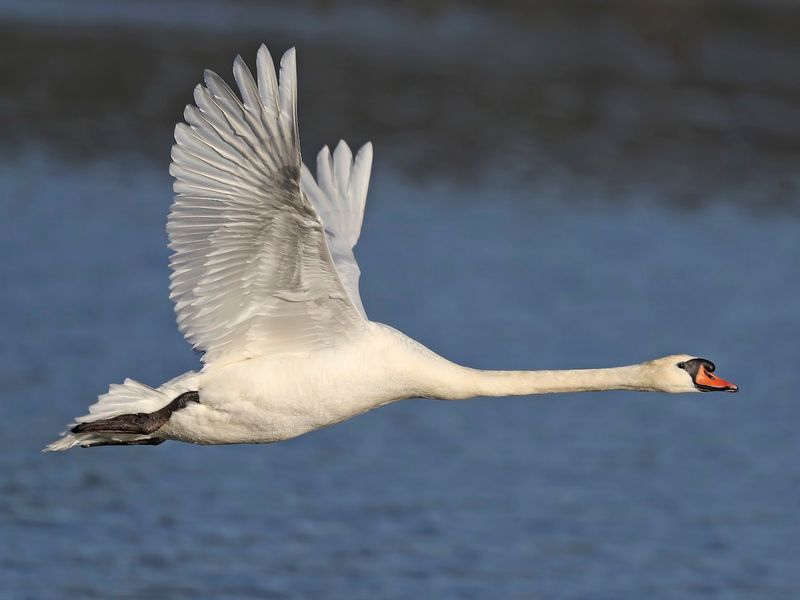
The Mute Swan, with its elegant appearance, is often associated with beauty and grace. However, these large waterfowl are capable of surprising aggression, especially when they feel their territory or cygnets are at risk. Their imposing size and strength make them formidable opponents.
When defending their nests, Mute Swans will hiss, fluff their wings, and charge at intruders, including humans. This behavior is most common during the breeding season, when their protective instincts are heightened.
Their aggression is a natural response to perceived threats, ensuring the safety of their offspring. In urban parks and lakes, Mute Swans can often be seen engaging in these defensive displays.
While their aggression is usually a protective measure, it’s important to respect their space to avoid conflicts. These swans contribute to the beauty of aquatic ecosystems, offering a glimpse into the complex world of waterfowl behavior.
4. Great Skua
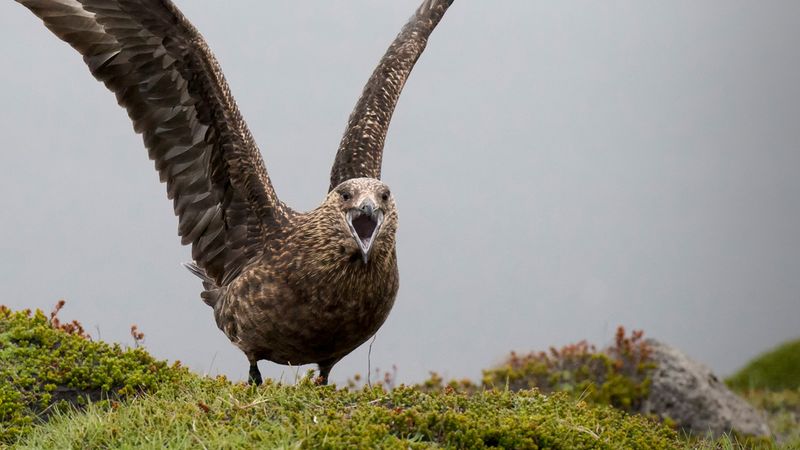
The Great Skua, often called the pirate of the sea, is notorious for its aggressive nature. These seabirds are known for their bold tactics, often stealing food from other birds mid-air. Their assertive behavior extends to protecting their nesting sites with ferocity.
During the breeding season, Great Skuas become highly territorial. Intruders are swiftly attacked with a combination of aerial acrobatics and loud calls. Their aggressive defense strategies ensure the safety of their nests, often located on remote islands.
Despite their fierce reputation, Great Skuas are vital to marine ecosystems. They help control fish populations and clean up carrion, playing a significant role in the ecological balance. Observing these birds from a respectful distance can be thrilling, as their powerful presence commands attention and respect in the natural world.
5. Southern Cassowary
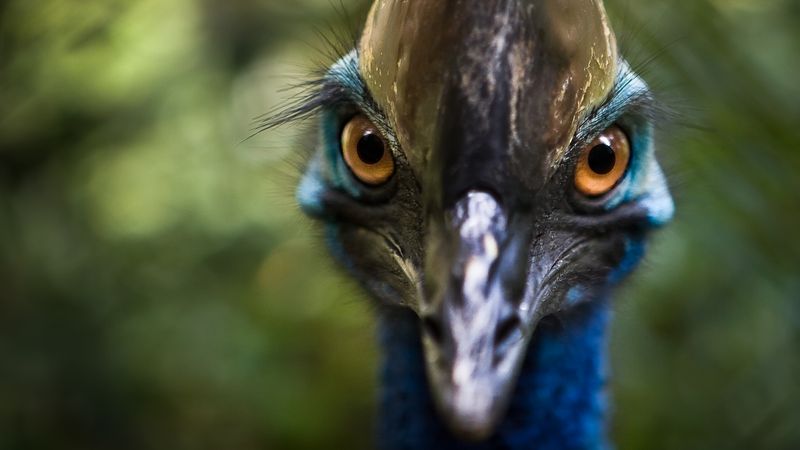
Deep in the rainforests of Australia and New Guinea, the Southern Cassowary stands as a formidable figure. Known for its tall stature and striking blue neck, this bird can be surprisingly aggressive when provoked.
With powerful legs and sharp claws, a cassowary’s kick can be dangerous. Cassowaries are especially protective of their territory and food sources. When threatened, they display aggressive posturing and emit low-frequency calls.
These behaviors serve as warnings to potential threats. Despite their aggression, cassowaries play a crucial role in seed dispersal, aiding the growth of diverse plant species in their habitat. Understanding their behavior and maintaining a respectful distance can help avoid conflicts, allowing these magnificent birds to thrive in their rainforest home.
6. Canada Goose
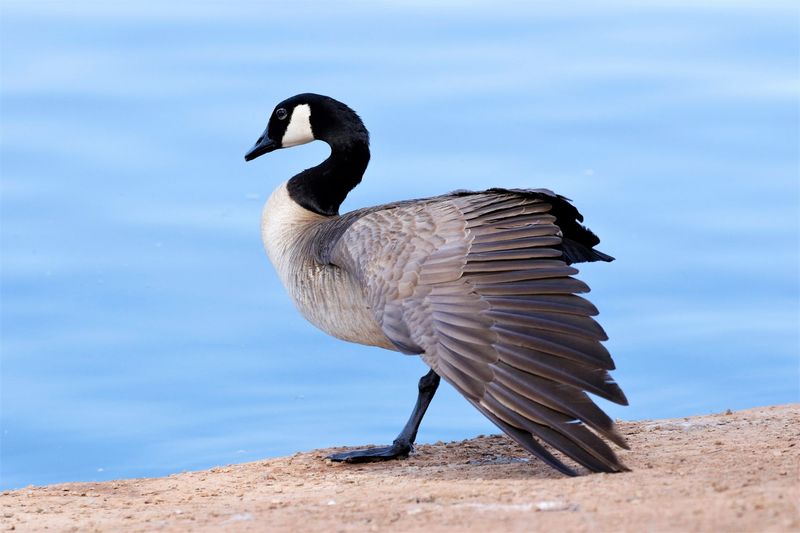
The Canada Goose, often seen gracing parks and ponds, is known for its aggressive behavior, especially during nesting season. Their loud honks and threatening displays are a common sight when they feel threatened or protective of their young.
These geese are highly territorial and will not hesitate to chase away intruders, be they animals or humans. Their aggression is a natural part of their nesting instincts, ensuring the safety of their goslings. In populated areas, Canada Geese have adapted to human presence, often nesting in urban parks and green spaces.
While their aggression can be intimidating, respecting their space and observing from a distance can prevent conflicts. Their contribution to the ecosystem, particularly in controlling aquatic plant growth, underscores their importance in both natural and urban environments.
7. Red-Winged Blackbird
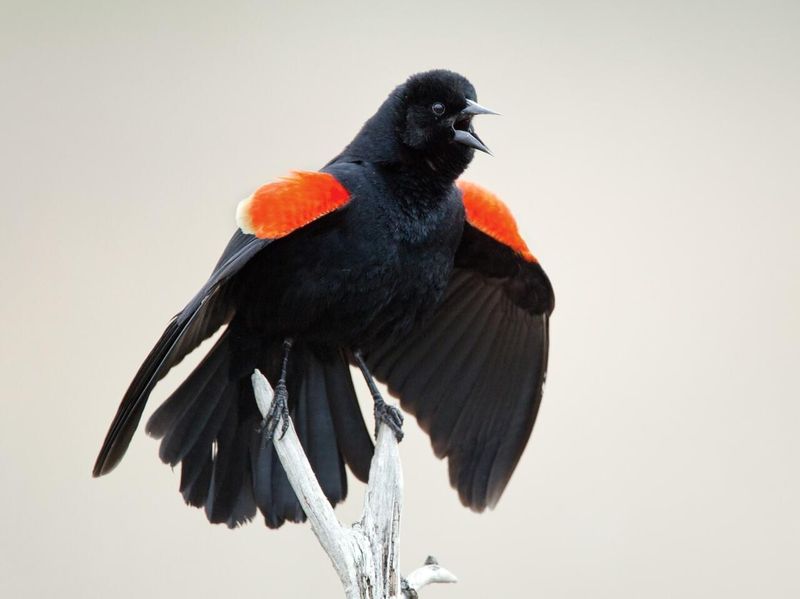
In wetlands and marshes across North America, the Red-Winged Blackbird is a common sight. Known for the distinctive red patches on its wings, this bird is fiercely territorial during the breeding season. Its loud calls and aggressive displays serve as warnings to potential intruders.
Male Red-Winged Blackbirds are particularly protective of their nesting areas, often seen chasing away other birds and even larger animals. This aggression is crucial in safeguarding their territory and ensuring the survival of their offspring.
Despite their assertive behavior, these blackbirds play a vital role in controlling insect populations, benefiting the ecosystem. Observing them from a safe distance can offer insights into their complex social structures and interactions within their marshy habitats.
8. European Herring Gull
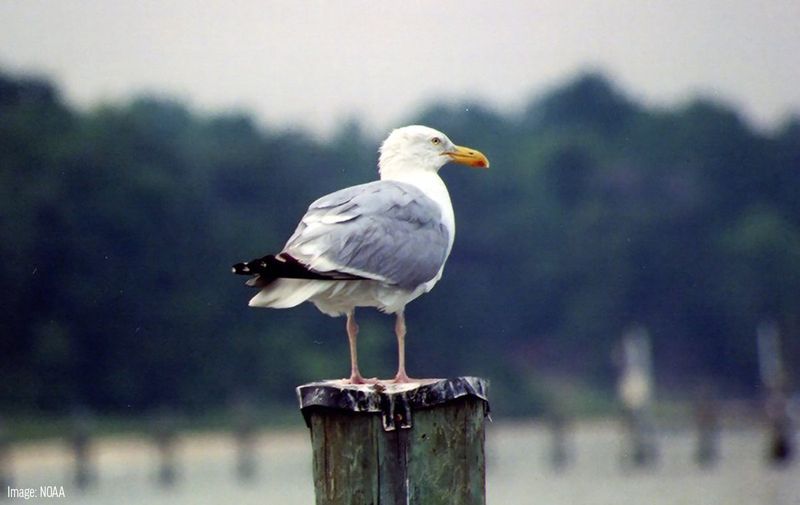
The European Herring Gull, with its distinctive calls and bold behavior, is a familiar presence along coastlines. These gulls are known for their aggressive nature, particularly when food is involved. Their willingness to snatch food from humans and other birds highlights their assertive demeanor.
During nesting season, their aggression intensifies as they protect their nests from perceived threats. Loud squawks and aerial attacks are common defensive tactics employed by these gulls. Despite their boldness, European Herring Gulls are integral to coastal ecosystems.
They help control fish populations and clean up carrion, contributing to ecological balance. Engaging with these birds from a distance allows for the appreciation of their role in nature without provoking their aggressive tendencies.
9. American Crow
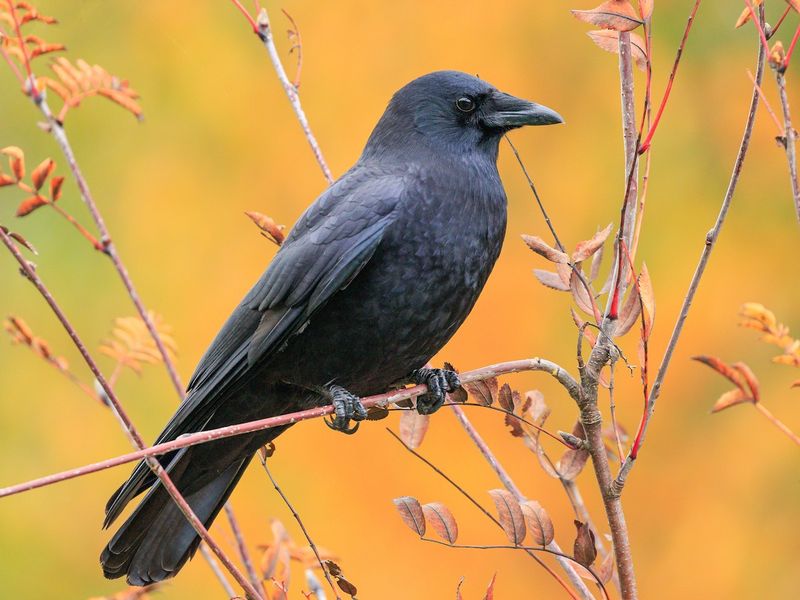
The American Crow, a common sight in both rural and urban areas, is known for its intelligence and adaptability. However, these birds can also display aggressive behavior, especially when defending their territory or young.
Crows are highly social creatures, often seen in large groups or ‘murders.’ Within these groups, they exhibit complex social structures and communication. Their aggression is often a communal effort to protect their community from potential threats.
Despite their assertive nature, American Crows play a crucial role in ecosystems. They help control insect populations and clean up waste, showcasing their ecological importance. Interacting with crows from a respectful distance can be a fascinating experience, revealing their intelligence and social dynamics.
10. Common Loon
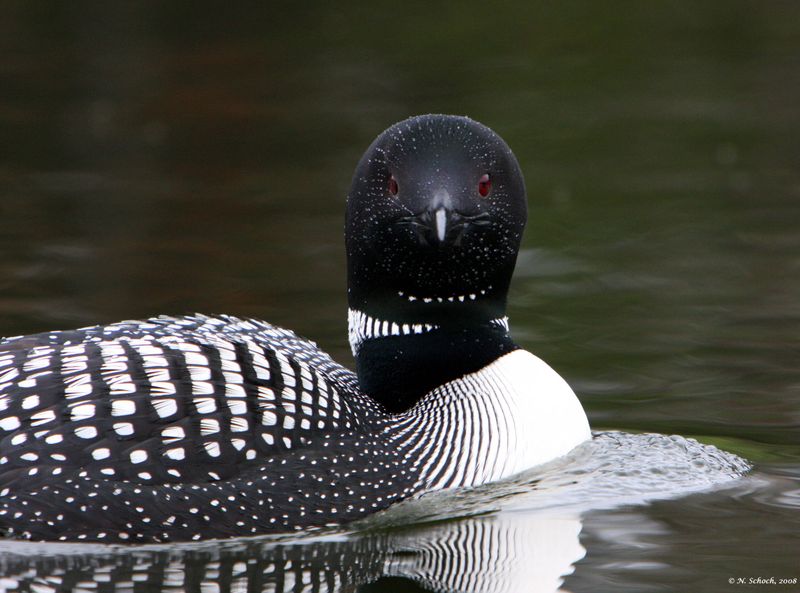
The haunting call of the Common Loon is a quintessential sound of northern lakes. These birds are known for their striking appearance and melodious calls, but also for their territorial aggression. During breeding season, loons become highly protective of their nesting sites.
Their aggression is often directed towards other waterfowl, which they perceive as threats to their territory. Vocalizations and displays are common methods to ward off intruders, ensuring their young remain safe.
Despite their aggressive tendencies, Common Loons are cherished for their beauty and unique vocalizations. They play an important role in aquatic ecosystems, controlling fish populations and indicating healthy water bodies. Observing loons from a distance allows for an appreciation of their grace and ecological significance.
11. Common Tern
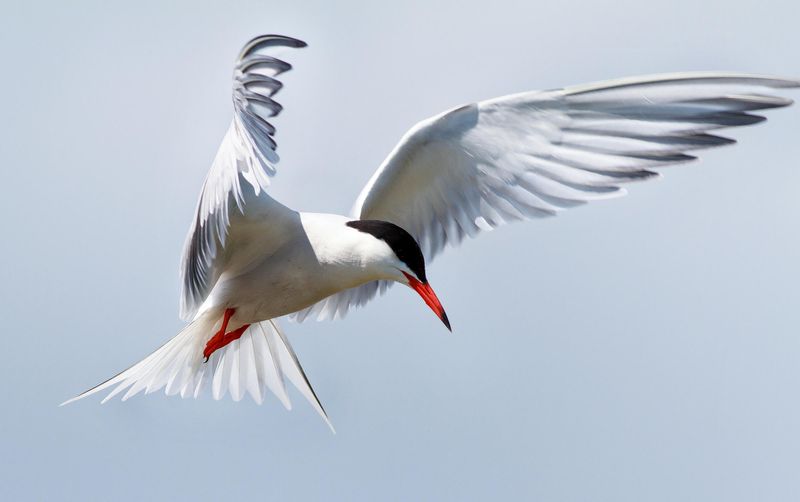
The Common Tern, with its graceful flight and sharp calls, is a coastal bird known for its aggressive defense of nesting areas. During breeding season, these birds become highly territorial, often seen dive-bombing intruders to protect their eggs and chicks.
Their aggression is a critical part of their nesting success, ensuring their offspring have the best chance of survival. This behavior is most evident along coastal regions where their colonies are established. In addition to their defensive tactics, Common Terns are skilled hunters, diving for fish with precision.
Their presence in coastal ecosystems highlights their role in maintaining fish populations and biodiversity. Enjoying their aerial displays from a safe distance can provide a deeper understanding of their behavior and ecological contributions.
12. Barred Owl
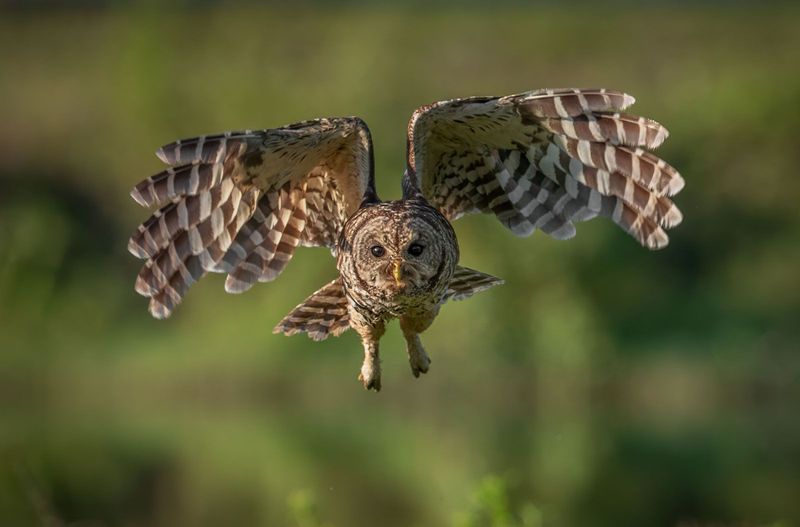
In the stillness of the forest, the Barred Owl emerges as a silent sentinel. Known for its haunting calls and striking appearance, this owl can exhibit aggressive behavior, particularly when its nest is threatened. Barred Owls are highly territorial, often seen defending their nesting sites with loud calls and aerial displays.
Their aggression is primarily a defensive mechanism to protect their young from potential predators. Despite their fierce defense strategies, Barred Owls play a crucial role in controlling rodent populations. Their presence in forests indicates a healthy ecosystem, as they rely on abundant prey to thrive.
Observing Barred Owls from a respectful distance offers a glimpse into the intriguing world of nocturnal birds of prey.
13. Emu
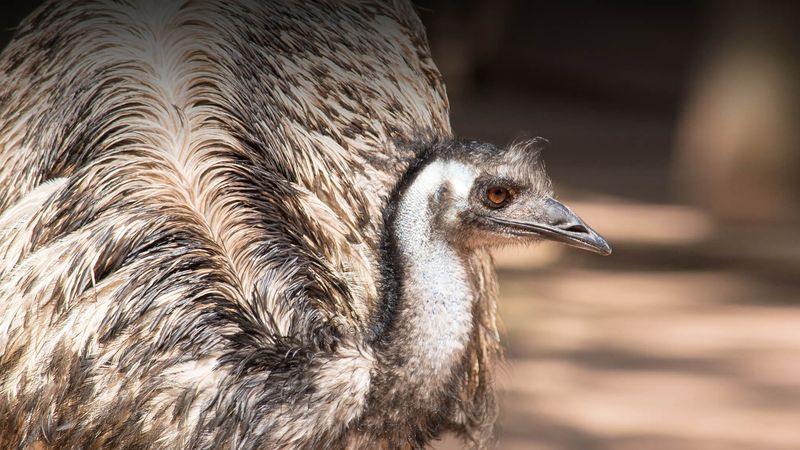
In the vast landscapes of Australia, the Emu stands as an iconic figure. Known for its towering height and powerful legs, this flightless bird can display aggression, particularly when defending its territory or offspring.
Emus are generally curious creatures, but when threatened, they can deliver powerful kicks. This behavior is most often observed during the breeding season when their protective instincts are heightened. Despite their intimidating presence, Emus play a vital role in seed dispersal across the outback.
Their movement across large distances helps maintain plant diversity and ecosystem health. Observing these birds from a distance allows for an appreciation of their role in the Australian environment without provoking their defensive behaviors.
14. African Ostrich
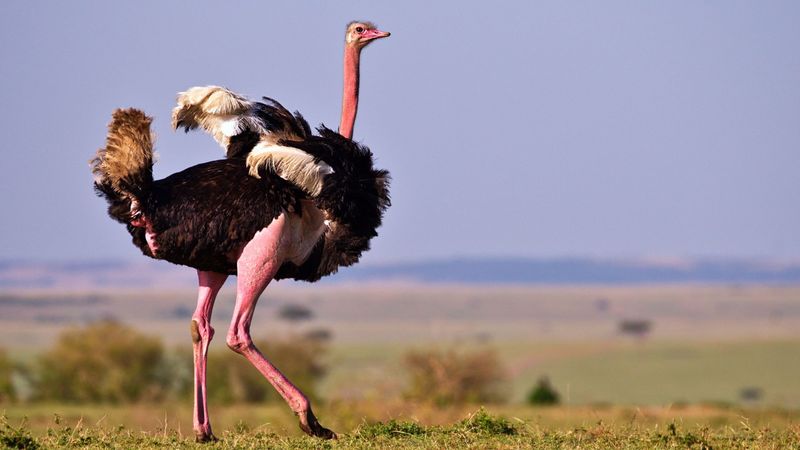
The African Ostrich, the world’s largest bird, is a formidable presence on the savannah. Known for its swift running and powerful legs, this bird can exhibit aggressive behavior when cornered or protecting its nest.
Ostriches are generally shy but can become defensive if they feel threatened. Their powerful kicks are their primary defense mechanism, capable of deterring predators and perceived threats.
Despite their aggressive tendencies, ostriches play a significant role in their ecosystems, helping control insect populations and contributing to seed dispersal. Observing ostriches from a safe distance provides an opportunity to witness their grace and strength, as well as their unique adaptations to the African landscape.
15. Budgerigar
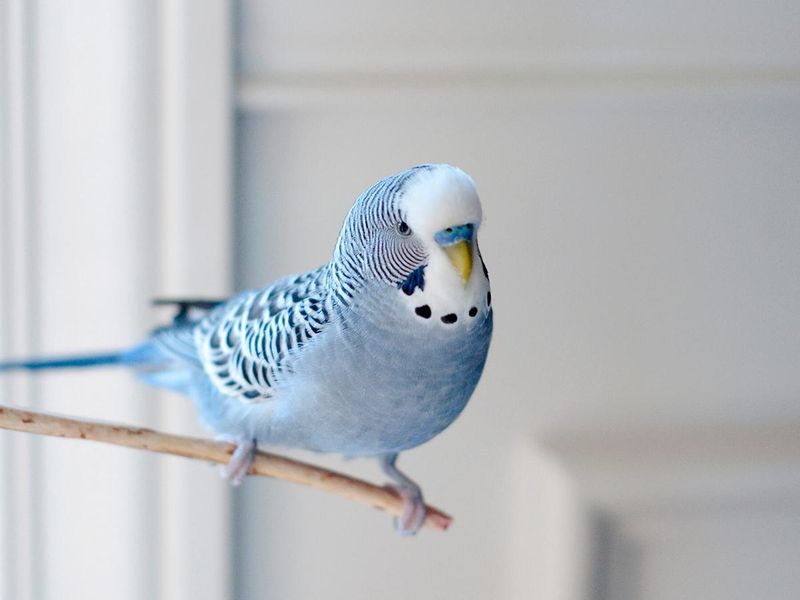
Known for their sociable nature, budgerigars make delightful companions. Their small size and vibrant colors are appealing, but it’s their gentle temperament that captivates bird lovers. Budgies are often seen chirping happily, engaging in playful antics that bring joy to their surroundings.
These birds are native to Australia, where they flock in large groups. In captivity, they thrive in pairs or groups, enjoying the company of both humans and fellow birds. Budgerigars are excellent at mimicking sounds, adding a layer of entertainment with their chatter.
To care for a budgie, provide a spacious cage, a balanced diet, and regular social interaction. They are low-maintenance but appreciate attention and affection. Their gentle nature makes them suitable for families, including those with children, looking for a feathered friend to add warmth to their home.
16. Dove
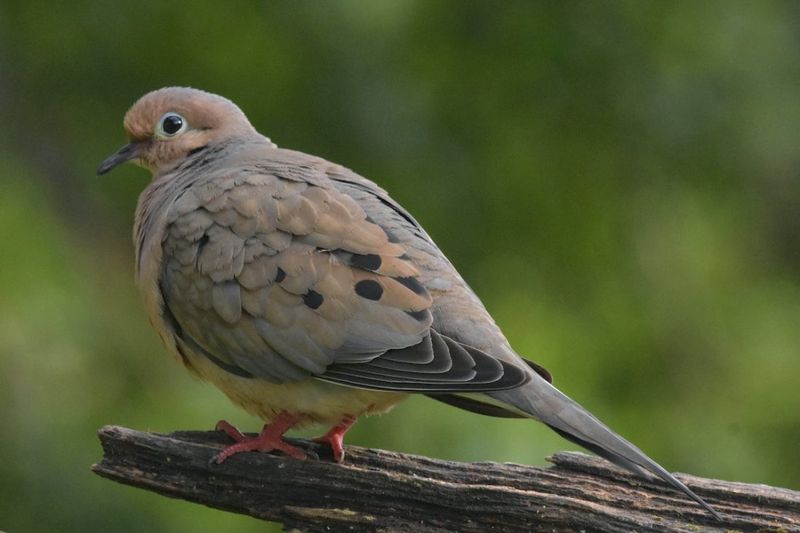
The dove symbolizes peace and love, and it’s no wonder why. These birds exude a calmness that resonates with people worldwide. Doves are often associated with serenity in both wild and domestic settings.
They are adaptable birds, found in varied environments, yet always maintain their graceful demeanor. Their soft cooing sounds are soothing, providing a sense of tranquility wherever they are present. Doves are gentle with their caretakers, expressing affection subtly.
Caring for doves involves providing ample space for them to fly and a diet rich in grains and seeds. Their gentle disposition makes them ideal pets for bird enthusiasts seeking a serene companion. They thrive in peaceful environments and offer companionship without the demands of more active bird species.
17. Canary
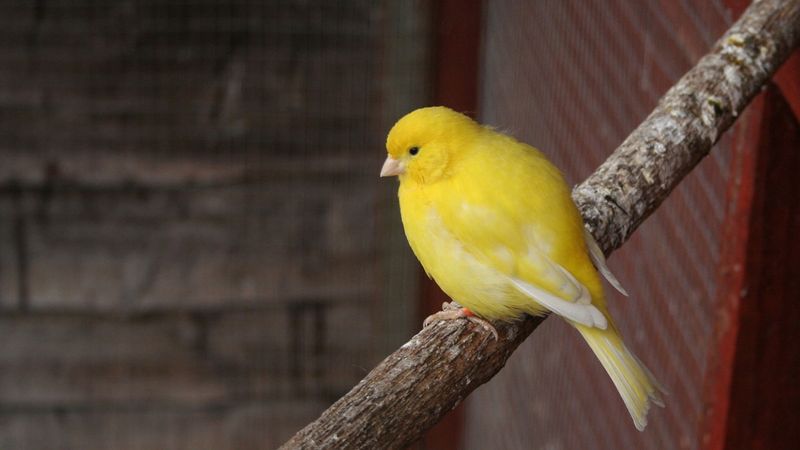
Renowned for their melodic songs, canaries are cherished for more than just their vocal abilities. These small birds possess a gentle and curious nature, making them a joy to observe and care for. Hailing from the Canary Islands, they have been bred for companionship and song.
Canaries are independent yet appreciate interaction, flourishing when given attention. Their vibrant yellow plumage adds a splash of color to any home setting. For those interested in keeping canaries, a spacious cage and a variety of perches are essential.
Their diet should include seeds, fruits, and vegetables to maintain health and vitality. Canaries enjoy a peaceful environment where their songs can be heard, providing a delightful auditory experience for their owners.
18. Cockatiel
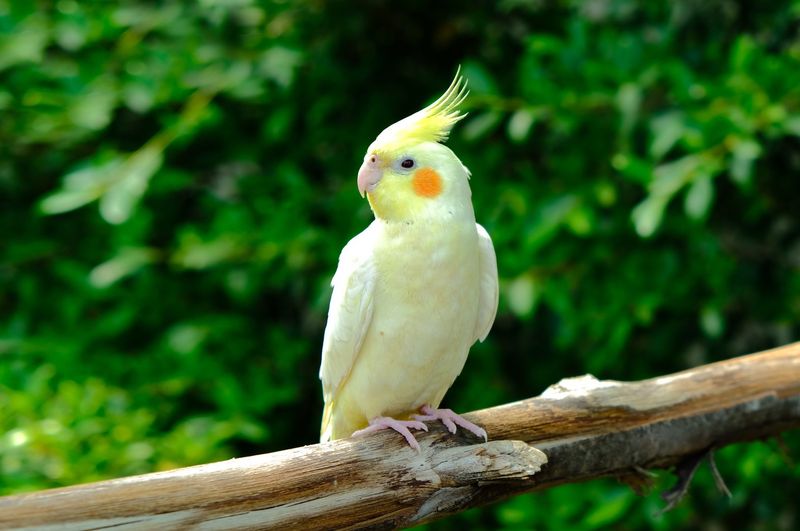
Cockatiels are known for their friendly and social nature, making them a favorite among bird enthusiasts. Their charming whistles and gentle demeanor make them wonderful companions. Originating from Australia, cockatiels are naturally curious and enjoy exploring their surroundings.
They bond well with humans, often displaying affection by snuggling or mimicking sounds. Their grey bodies and distinctive crests are easily recognized. To care for a cockatiel, provide a variety of toys and interaction to keep them entertained.
They thrive on attention and love routines. A diet of seeds, pellets, and fresh fruits supports their health. Cockatiels are perfect pets for those seeking a gentle and interactive bird companion, offering both companionship and entertainment.
19. Parrotlet
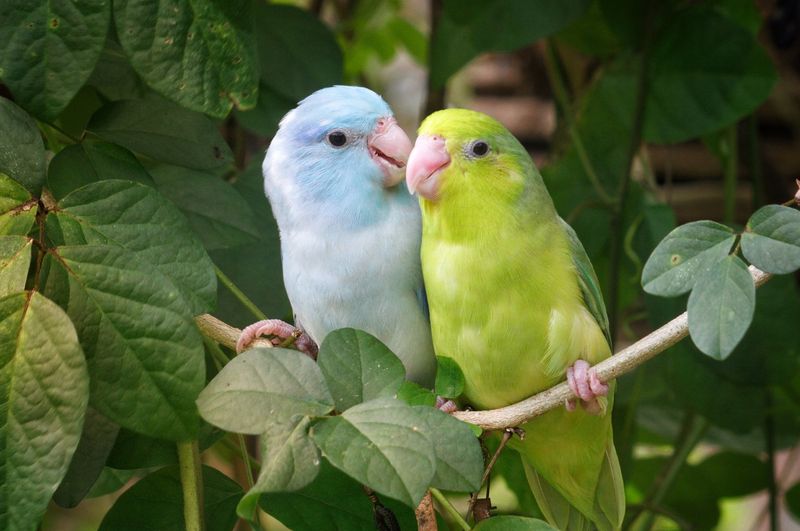
Despite their small size, parrotlets are known for their bold and friendly nature. These birds are full of personality and charm, making them popular pets for those seeking a gentle yet lively companion. Parrotlets are native to Central and South America, where they travel in flocks.
In a home setting, they are affectionate with their owners but require social interaction to thrive. Their vibrant colors and playful antics make them a delightful presence. Ownership of parrotlets involves providing social stimulation, a diet of seeds and fresh produce, and a spacious cage.
They enjoy mental stimulation through toys and human interaction. Parrotlets are ideal for bird lovers who appreciate an energetic pet that is gentle in nature yet has a spirited personality.
20. Finch
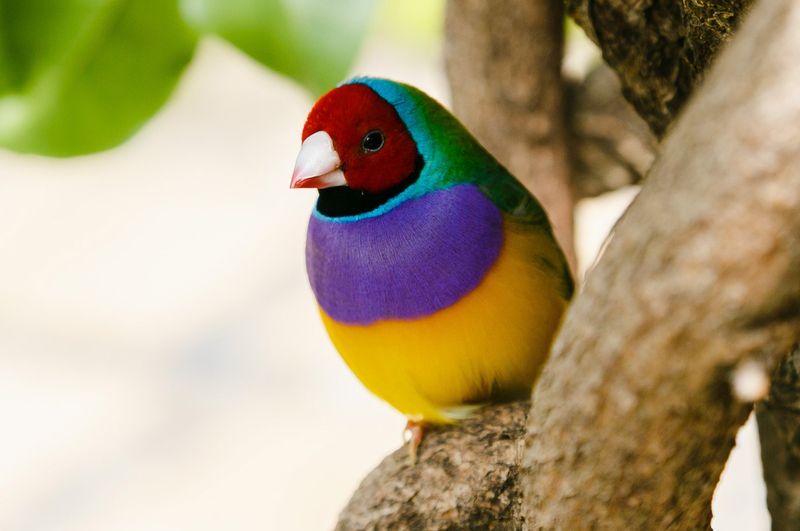
Finches are small, gentle birds known for their beauty and harmonious songs. They are social creatures that thrive in groups, often seen flitting about energetically in aviaries. Their gentle nature makes them ideal for bird enthusiasts who enjoy observing natural behaviors.
Finches are easy to care for and require a mix of seeds, vegetables, and live food for a balanced diet. They prefer spacious environments for flying and socializing. For those new to keeping birds, finches are an excellent choice.
Their gentle disposition and vibrant colors bring a touch of nature indoors. These birds are low-maintenance, requiring minimal interaction, but they do enjoy the company of other finches, making them perfect for community aviaries.
21. Lovebird
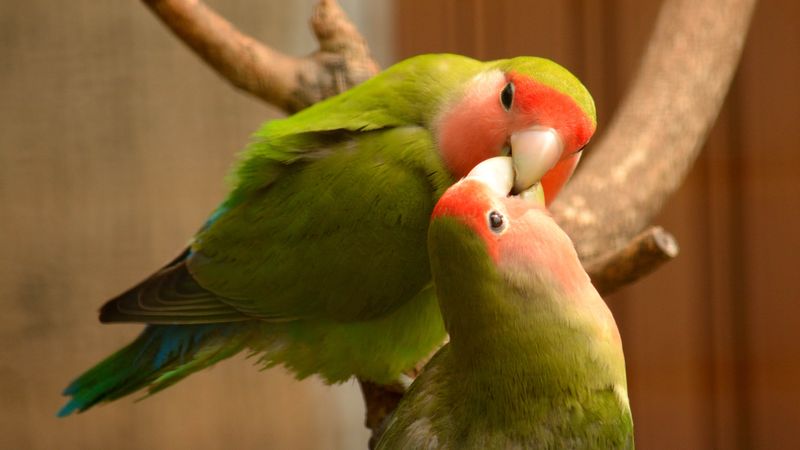
Lovebirds are aptly named for their affectionate behavior towards each other. These small parrots form strong bonds with their partners and, when kept singly, with their human caregivers. Originating from Africa, lovebirds are social and thrive on interaction.
They display gentle behavior, often seen preening and snuggling with their companions. Their colorful plumage and playful demeanor make them a favorite among bird owners. Caring for lovebirds involves providing a variety of toys, a balanced diet, and plenty of social interaction.
They are ideal for those who enjoy a vibrant and affectionate pet. Their gentle yet lively nature ensures they remain engaging companions, offering both visual beauty and interaction in a home setting.
22. Quaker Parrot
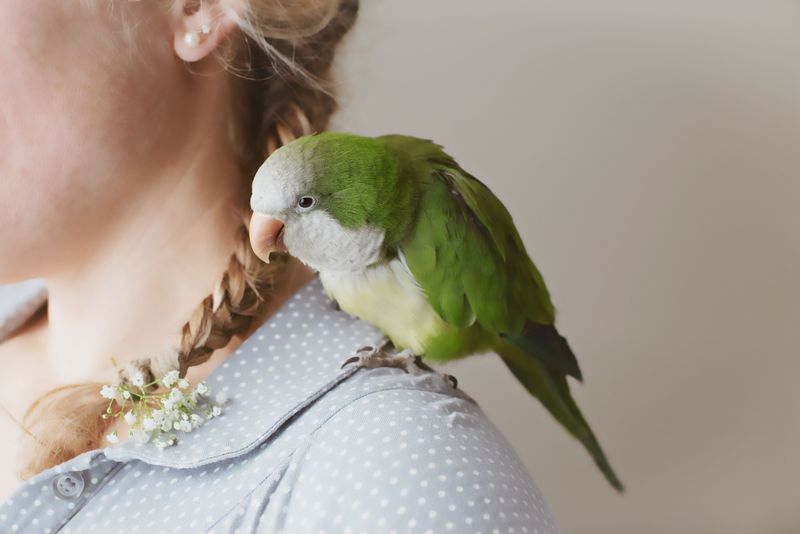
Quaker parrots, or monk parakeets, are known for their intelligent and social nature. These parrots quickly form bonds with their owners and exhibit a gentle demeanor that makes them excellent companions.
Originating from South America, Quaker parrots are energetic and enjoy learning new tricks, often mimicking sounds and human speech. Their vibrant green feathers and expressive eyes are captivating. Providing a stimulating environment with plenty of toys and interaction is essential for their wellbeing.
Their diet should be varied, including seeds, fruits, and vegetables. Quaker parrots are ideal for individuals seeking a loyal and gentle bird companion, offering both companionship and entertainment through their lively antics.
23. Pionus Parrot
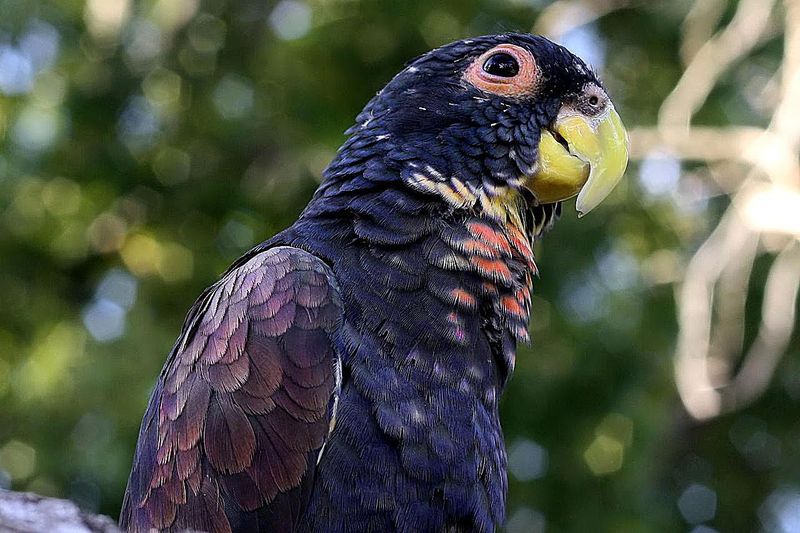
Pionus parrots are often praised for their calm and gentle nature. Unlike some of their more boisterous parrot relatives, Pionus parrots are quieter, making them well-suited for households seeking a peaceful avian companion.
Native to South and Central America, these parrots are characterized by their striking blue and green plumage. They are affectionate with their owners, enjoying gentle interactions and social time.
Caring for a Pionus parrot involves providing a spacious living area and a balanced diet of pellets, seeds, and fresh produce. They appreciate a quiet environment where they can feel secure. Ideal for families or individuals, Pionus parrots offer a gentle presence and are known for their loyalty and pleasant demeanor.

